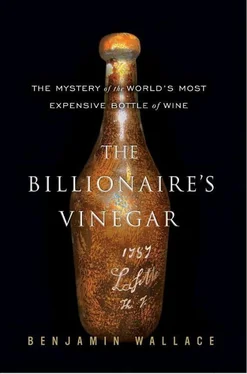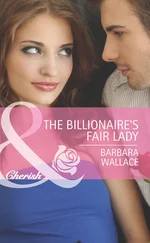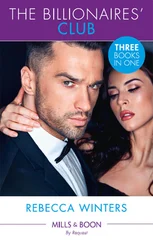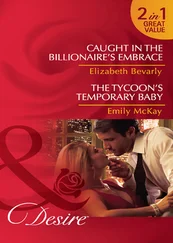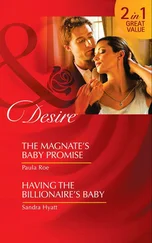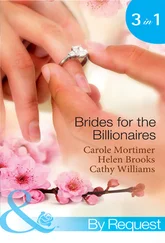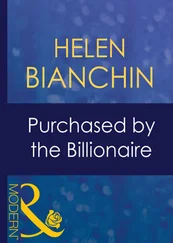The realization that something was dripping on his leg was not immediate. Sokolin kept walking, but the sensation of moisture didn’t go away. He looked down at his tuxedo pants and saw a dark patch.
Had someone spilled coffee on him? He hadn’t noticed it. Had he had an accident? He wasn’t that old. But then—
No.
No.
Sokolin stopped walking.
He turned around and retraced his steps, as if doing so would unwind what he dimly feared was happening.
He got back to the table where he and his wife Gloria were sitting with the heads of Campari and Chateau & Estate and Southern Wines & Spirits and an executive from American Express.
His leg was still wet. No use putting it off any longer: He opened the bag.
Wine had spilled out. Worse, there were two large holes in the side of the bottle. A pair of irregularly shaped pieces of glass lay at the bottom of the bag.
“I broke the bottle,” Sokolin announced, locking eyes with the Campari executive. “I’m going home.”
There were gasps. He looked around the table, in shock. The people sitting there looked at him, speechless. And Sokolin walked back across the room, aware of nothing beyond himself and the bottle he clutched upright in its soggy bag. Red drops were falling now, on the blue-and-gray carpet.
Sokolin’s Margaux was already dodgy in the eyes of a number of colleagues in the room. It was one of the controversial Jefferson bottles. The level of wine seemed improbably high for something so old. The seal looked new. And in hindsight, his actions at the dinner would strike several guests as suspicious. Sokolin was, after all, a notorious self-promoter who had been touting the bottle aggressively. He had brought a fragile, extremely valuable bottle to a crowded event. He had handled it clumsily. The bottle was insured for a lot of money. And once Sokolin had fully grasped what was going on, he had fled the room.
The bottle’s ill-starred journey had begun in late 1987, when Farr Vintners partner Stephen Browett flew from London to Munich. Hardy Rodenstock met him at the airport with the 1787 Margaux, and Browett flew straight to Manchester, where he handed the bottle, tucked inside a tennis bag, to Tim Littler, who had agreed to buy it for £37,000. Littler hailed from an old Cheshire wine-trade family. His grandfather had bought Whitwhams, a Manchester-area merchant, and by the 1980s it was a significant player in the rare-wine market. Browett had lunch with Littler, then boarded a train back to London.
The standard Whitwhams markup was 100 percent, and the bottle was listed in its February 1988 catalog at £75,000. No sooner had the catalog appeared than Littler thought: What’s the point of selling the second -most expensive bottle of wine in the world? The Forbes bottle had gone for £105,000. In the next Whitwhams catalog, which came out that September, Littler upped the price of his bottle to £125,000.
In the Whitwhams cellar one day, an employee noticed that the bottle was leaking through a bubble in the heavy wax that capped it. One of the firm’s directors flew the bottle to Bordeaux to have it recorked at Château Margaux. With Paul Pontallier and Corinne Mentzelopoulos looking on, the cellarmaster added a bit more than an inch of 1959 wine and inserted an unusual, wedge-shaped cork. It fit loosely. Back in Manchester, Littler saw that the bottle continued to ooze.
This time he decided to recork it himself. Recorking was a specialty of Whitwhams, which performed the service on 2,000 bottles of wine a year. Some connoisseurs objected to the practice, and had found wines recorked by Whitwhams, in particular, to be subpar. But Littler defended recorking, which provided a merchant with an opportunity to assess a bottle’s contents before reselling it, as a quality-control mechanism that benefited customers.
Normally, recorking a wine was straightforward: take out the old cork, put in a new one. But you had to be careful putting a new cork into the oldest bottles, as the increased air pressure could blow out the base. A 1787 Margaux called for extra caution. Like the Forbes Lafite, this Margaux was in a hand-blown bottle, heavy at the bottom and much thinner near the top. Worried that the glass would shatter, Littler taped the neck and eased the cork out with his hands.
He couldn’t let this opportunity pass. He tipped out a few drops of the wine into a glass. It was the color of iodine. Littler tasted it. Later he wouldn’t recall the flavor, other than “prunes” and that it was “certainly much more than” merely “interesting” or “alive.” He resealed the bottle.
The old-wine market ebbed and flowed. Littler might go half a year without selling a bottle, then move six in a week. All it took was one interested buyer. But after several months he still hadn’t found a customer for the Jefferson bottle. Meanwhile, a New York retailer he knew named Bill Sokolin said he had a client who was interested but wanted to see the bottle before committing.
Sokolin had pretty much fallen into the business started by his father. After attending Tufts, where he excelled at baseball, he had played for a string of teams in the Brooklyn Dodgers farm system, then was drafted into the army. Stationed in Virginia, he was spared from combat by his assignment to the service baseball, basketball, and football teams. Sokolin completed his service and, as a stopgap, went to work for his father. At the time, his father sold mainly hard liquor; what little wine he carried was plonk.
This was in the late 1950s, just when well-off Americans were becoming more interested in wine. Bill Sokolin saw an opportunity, and he rebuilt his father’s business around Bordeaux. When wine prices started to soar in the 1960s, Sokolin became an evangelist of wine as investment, ultimately writing two books on the topic. William Buckley Jr. was a longtime client; in his memoir, Buckley wrote of Sokolin’s enthusiasm for wine, “It would positively have killed Bill Sokolin if he had been born, say, in Saudi Arabia. I suspect both his hands and both his feet would have been amputated by the time he was sixteen, because Bill Sokolin cannot be kept from wine tasting.”
When the ballyhooed 1982 Bordeaux vintage came out, Sokolin sided with a few old-guard critics in arguing that it was overrated, taking out full-page ads in the New York Times in which he dismissed the gushing praise for the ’82s by up-and-coming wine critic Robert Parker. Sokolin was colossally wrong about the vintage, which proved to be the best investment in wine history and made Parker’s name as a critic.
Over the years, through his business, Sokolin met several U.S. presidents. Just after Ronald Reagan was first elected, he called Sokolin and said, “Where’s my wine?” Reagan had ordered some from Sokolin on the advice of Bill Buckley. “In front of me,” Sokolin replied. He had been unable to deliver the wine to the White House without the approval of the Secret Service. With the approval, Sokolin could get the wine to him in three or four hours. Reagan took care of it right away.
But it was a dead president who tugged at Sokolin’s imagination. Having heard of Thomas Jefferson’s interest in wine, “I started to read a little, and then I started to read a lot.” Sokolin bought more than a hundred books about Jefferson. When Sokolin met Jimmy Carter, he took the opportunity to discuss Jefferson with a sitting president. Sokolin also used the newsletters he sent regularly to his clients as a platform to talk about Jefferson. In one essay, Sokolin argued that it was Jefferson who first introduced wine futures to America. Sokolin had a mystical streak and, in a commentary of which he was especially proud, imagined a three-way conversation among Ernest Hemingway, Jefferson, and Winston Churchill. Another time, he wrote a letter to Ambassador Jefferson as if he were still alive.
Читать дальше
